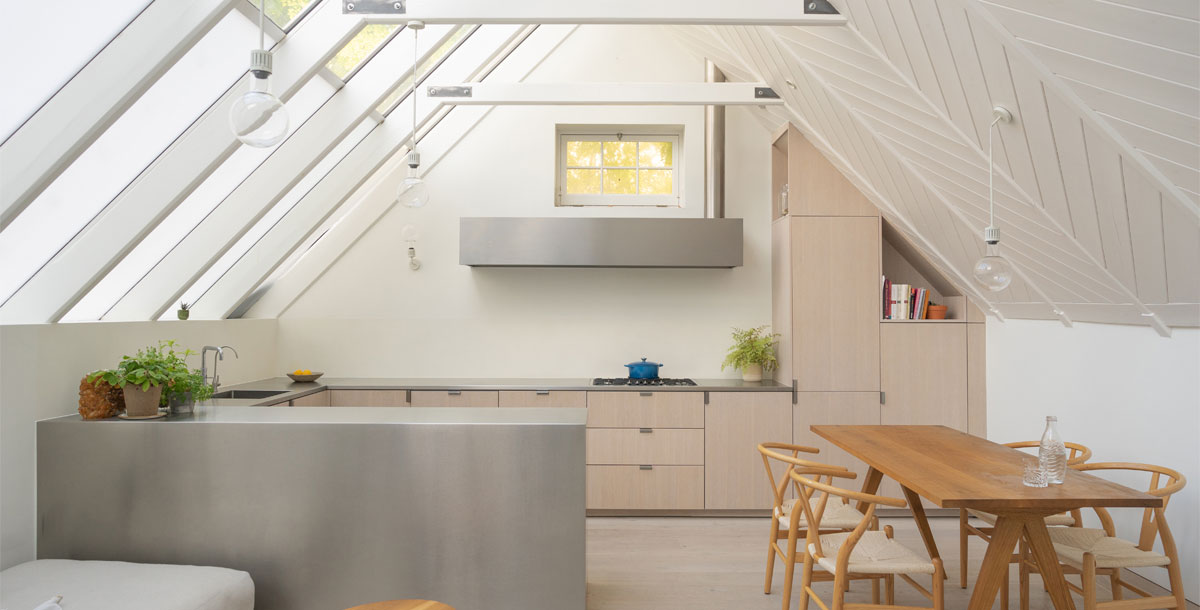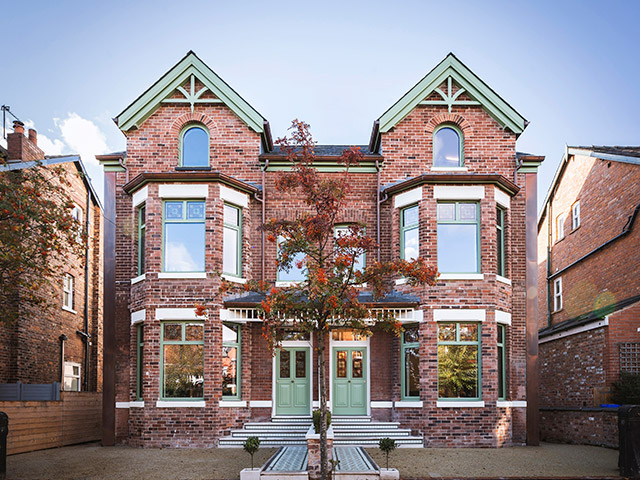Expert advice on insulating your home
How to maximise energy savings and get the best value for money
With energy prices on the rise, it’s a good time to consider how to insulate your house to keep those heating bills down. Insulating your home will help to improve its energy efficiency. The less fuel you use heating the building, the more money you save and the less CO2 emissions are produced, and with the recent VAT cut from 5% to 0% on insulation to help UK homeowners to save on energy, there’s no better time think about improving your home insulation.
Nik Nelberg, Managing Director of Earl & Calam Design & Build Ltd, and Alex Hunt, Managing Partner and Retrofit Coordinator at Bright Green Homes – both members of the Federation of Master Builders (FMB) – offer some expert advice on how to insulate your house for maximum efficiency.
In partnership with the Federation of Master Builders
Plan how to insulate your house
Whether you’re taking on a home renovation project or planning an extension, taking a whole-house approach to insulation can help you to prioritise the jobs that give you maximum energy savings for your money. Getting a retrofit assessor to produce a survey for your property before you start will give you a detailed plan of where energy-saving improvements can be made.
‘A whole-house assessment is a must,’ says Nik. ‘Every house is different and working out how it currently performs and what might be possible is essential. A retrofit assessor can work out what’s feasible and how much insulation measures might cost.’
‘Each element works with the other elements within the building,’ adds Alex. ‘So for instance, if you improve the loft insulation and you improve the windows, do you really need such a big boiler?’
A retrofit survey costs between £100-£300 depending on the size of the property and where you live. A retrofit assessor will produce a detailed insulation improvement plan for your property, identifying problem areas and issues like ventilation, mould and damp. It sets out how to fix them, roughly how much it will cost and what to prioritise.
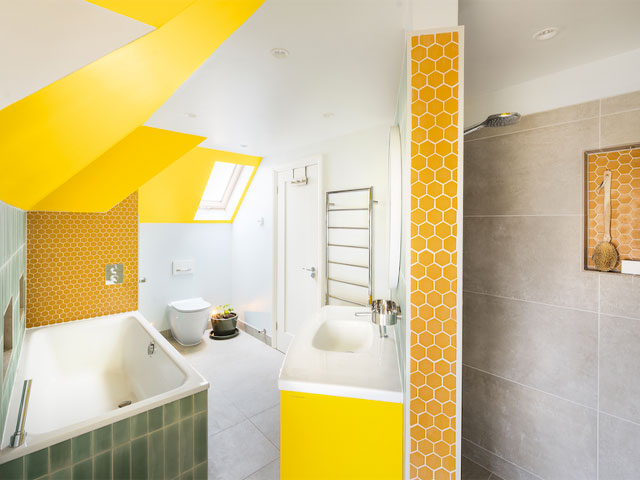
Bright Green Homes retrofitted this home with high-performing insulation and energy-saving measures. Photo: Simon Callaghan Photography
Insulating an extension or loft conversion
When you’re adding to the square footage of your home with an extension or loft conversion, your builder should include insulation materials in their quote, but how airtight the existing building is should not be overlooked.
‘Making sure any insulating work is done properly and that vapour control is addressed is very important,’ says Nik. ‘There isn’t much point in insulating a loft if the eaves are still letting air whistle through, so an understanding of the change in the way the new roof works is important.
‘As soon as you start making a house more airtight, then ventilation is important to ensure a supply of fresh air and remove any moisture that could cause mould,’ he adds. ‘This is where the whole-house assessment comes into its own.’
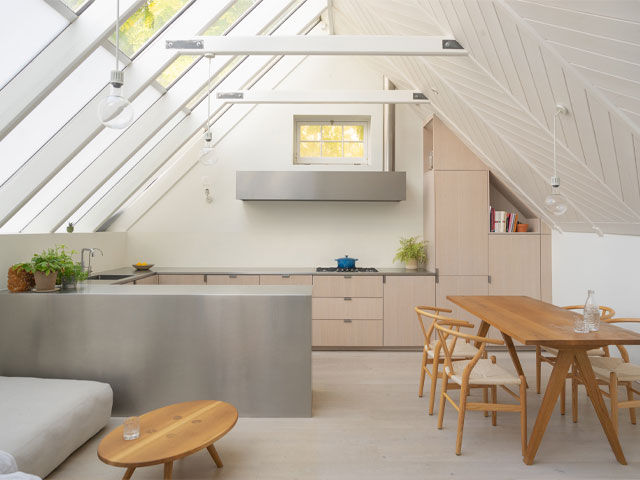
This artist studio conversion by VATRAA was shortlisted for a New London Architecture Don’t Move, Improve! 2022 award
Get a retrofit assessment to avoid mistakes
Retrofit assessors and coordinators work to a set of guidelines published by the British Standards Institute (BSI) called BSI Publicly Available Specification (PAS) 2035, which sets out a framework for delivering cost-effective retrofits to existing buildings.
Government-funded building work has to abide by these guidelines, but there’s zero obligation for homeowners to meet PAS 2035 standards when carrying out private work. This means firms installing insulation in your home could be overlooking some important technical details.
‘When it comes to making insulation choices, homeowners are not currently protected,’ warns Nik. ‘Anyone with any experience can insulate your floor or insulate your walls for you and they might not have a clue about factors like cold-bridging [where a gap in insulation, such as where walls and floors meet, creates a cold spot where condensation can form].’
‘I would suggest getting a whole-house survey done by a qualified individual,’ advises Alex. ‘Look for either a retrofit assessor or retrofit coordinator, or an architectural technologist trained in retrofit.’
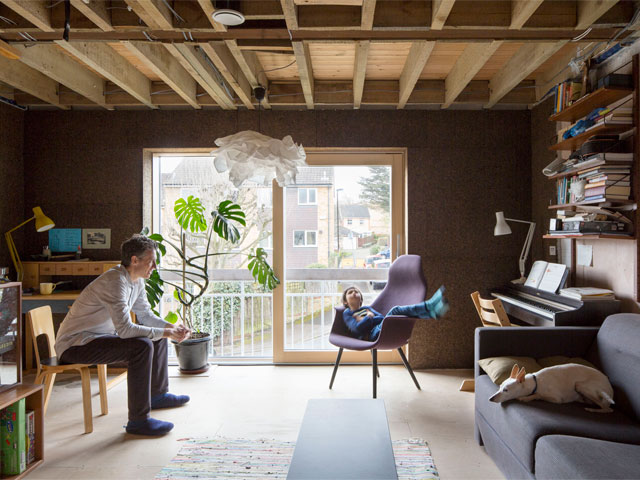
Architect Harry Paticas retrofitted in his own 70s home to Enerphit standards. Photo: Agnese Sanvito
How to insulate a period property
A period or heritage property requires a cautious approach to insulation, since older houses were built to be breathable (in other words, draughty).
‘Get some advice from a qualified individual,’ says Alex. ‘A lot of old heritage buildings have issues with condensation and water vapour, where moisture gets trapped between layers of building materials and causes what’s called interstitial condensation.’
If your home was built before the 1920s, it’s also likely to have solid walls. Although solid-wall insulation options are available, any cladding might be at odds with the period features of the property.
‘If you’ve got a lovely Victorian property with all these great features, the last thing you want to do is put external wall insulation on it and turn it into a white box,’ says Nik. ‘However, you could add it at the back and the sides of the house, and maybe add some insulation internally.’
You still need to look at the whole-house plan, however: ‘Let’s say you’ve got an end-of-terrace Victorian house and you decide to insulate the side wall of your house because it’s just blank. Yes, you can improve the efficiency, but then it creates colder spots internally where the insulated walls meet the uninsulated wall. If the moisture is not managed or you haven’t added extra insulation to stop cold-bridging, it can cause damp. A whole-house plan helps you avoid these issues.’
Finding the right builder to insulate your house
When it’s time to get quotes to insulate your house, start your search with the Federation of Master Builders. All FMB members are vetted and independently inspected to ensure they meet the high standards of a Master Builder company, so you can build with confidence.
The Federation of Master Builders is also campaigning for a national retrofit strategy that sets out how to upgrade the country’s housing stock to the highest levels of energy efficiency – to help the UK meet its carbon-zero commitments.

